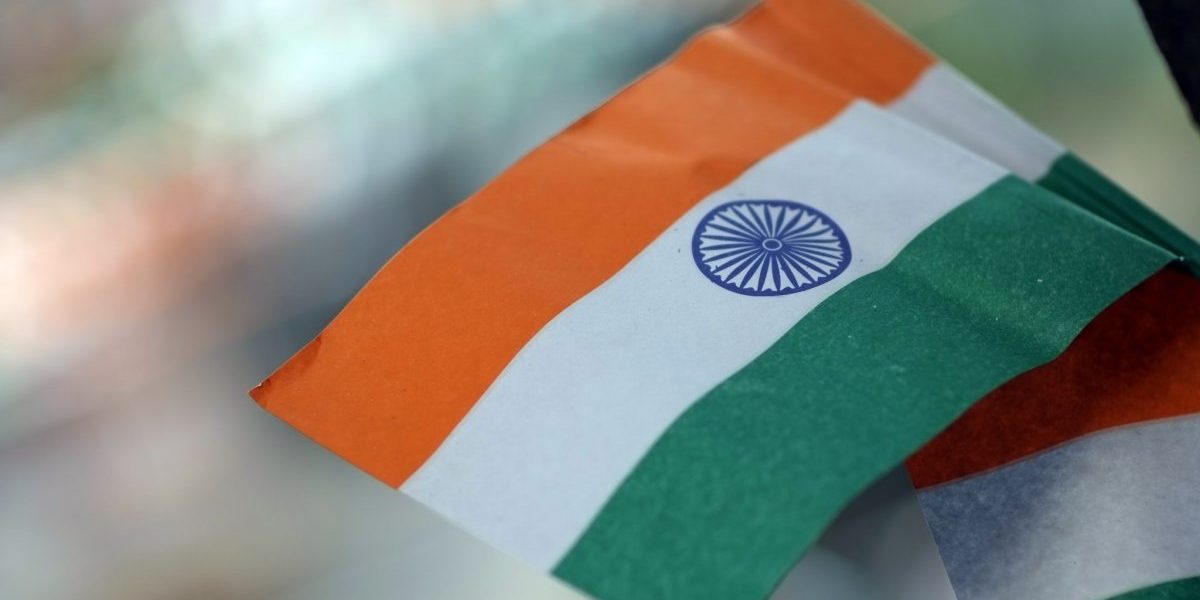The Tata Group is, or soon will be, active in vehicles, telecommunications, hotels and tourism, and ferrochrome. Mahindra is reportedly planning to build an assembly plant in Midrand. Other companies such Apollo Tyres, the UB Group (diamond cutting and polishing) and pharmaceuticals heavyweight Ranbaxy are also lining up.
The Indian consulate in Johannesburg has established a forum to facilitate interaction between Indian executives operating in SA.
An India-SA CEOs’ Forum — the first of its kind — is scheduled to meet later this year, while this month a major SA-India Partnership Conclave, focusing on the infrastructure, ICT and electronics sectors, is taking place in Sandton.
Private sector interaction is clearly booming, yet SA attracts less Indian investment in Africa than both Sudan and Mauritius. Sure, Sudan has oil, but ours remains the largest, most diversified economy in Africa, and we are often tagged as the gateway to the region. This situation suggests significant untapped potential.
So what’s happening on the policy front? Heads of state have met; memorandums of understanding and mutual co-operation agreements have been signed. Our government seems eager to develop Indo-South African relations within the broader India-Brazil-SA (Ibsa) Dialogue Forum, a trilateral foreign policy initiative that saw its first presidential summit take place in Brazil last year.
Many more co-operation agreements have been signed under the Ibsa banner — and there is now also some talk of a trilateral trade agreement.
The Southern African Customs Union (Sacu) already has a fixed tariff preference agreement, or preferential trade agreement with Mercosur (Brazil, Argentina, Uruguay, Paraguay, and recently Venezuela), signed in December 2005. India secured one with Mercosur the previous year, leaving only the SA-India link missing.
The Sacu governments committed a few years ago to negotiate a bilateral trade agreement with India.
Negotiations are not under way as yet. The Indian government is reportedly ready and eager to engage, but is prepared to be patient while Sacu completes the necessary preparatory processes.
Both the Sacu-Mercosur and India-Mercosur deals are narrow and shallow. Neither tackles any regulatory issues or refers to rules that might foster greater cross-border investment.
The South African government reportedly intends to use its Mercosur deal as a template for talks with India. Perhaps to facilitate the trilateral process, there are rumours of simply replicating it.
Exporters (and importers) need to think hard about whether or not such an approach is in their interests, for two main reasons.
First, the agreement with Mercosur is highly unlikely to deliver any significant export gains to South African companies. This is primarily because the preferences secured were (a) far too small, and (b) on a very limited number of product lines, many of which are not even traded.
These lists are currently expanding under a follow-up round of negotiations, but so far there seems little prospect for better preferences.
Compounding this are the many and varied rules required to implement the agreement; these add non-negligible administrative costs to businesses wishing to deal with Mercosur.
When such deals proliferate, the web of regulations and the associated mountain of paperwork businesspeople have to contend with often more than offsets the incentive to access marginal tariff preferences.
Second, the Mercosur economies (principally Brazil and Argentina) are fundamentally dissimilar to India. Why would a list of products suitable to a Sacu-Mercosur trade deal be applicable in the Indian case?
Independent research commissioned by Nedlac on the potential for a mutually beneficial trade deal with India urges caution, citing major competitive threats from India in a range of sectors.
This suggests that Sacu, and SA in particular, will not push for a commercially meaningful deal (something approximating a free trade agreement). The softly-softly experience with Mercosur supports such a conclusion.
Yet India is a massive market and growing about 8% a year. Its trade protection is also still relatively high and complex, implying that meaningful preferential access might be very beneficial to South African exporters. But this will not be the case forever.
Despite India’s recalcitrance in the Doha round of World Trade Organisation talks, it is negotiating bilateral deals with countries in south-east Asia, and will be negotiating with the EU soon.
Detailed work needs to be done to identify offensive interests for SA in the Indian market. Then we need a realistic assessment of our abilities to take advantage of opportunities. The experience of those businesses already trading with India should be tapped.
But perhaps most important is the currently unknown but probably very high potential in services trade and investment between the two countries. A trade agreement liberalising some of these sectors (preferably most — think of the Tata-Neotel link) would probably deliver significant import, export, investment and efficiency gains to the South African economy.
Recreating the Sacu-Mercosur agreement with India would not be in anyone’s best interest. An Ibsa trilateral would probably waste more resources than it generates.








